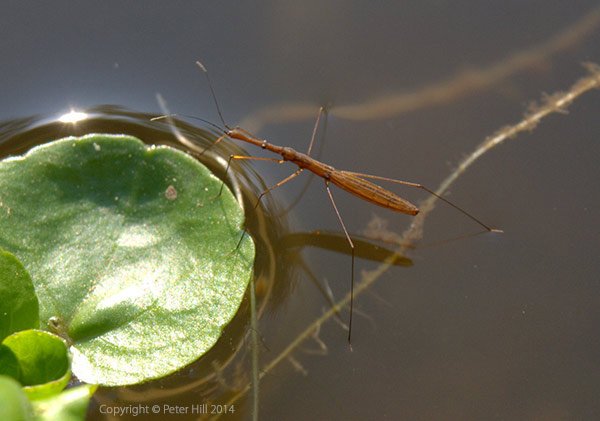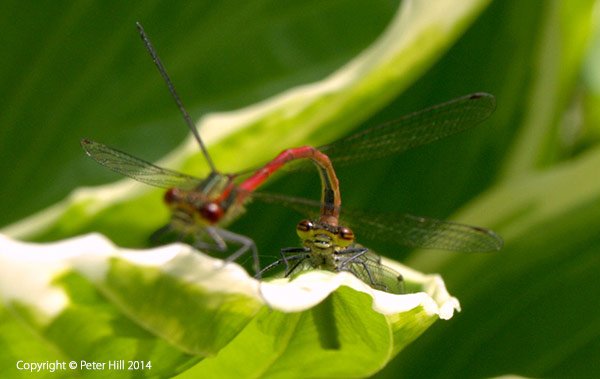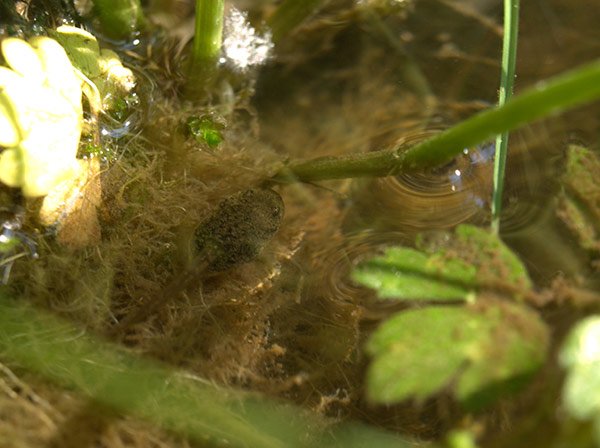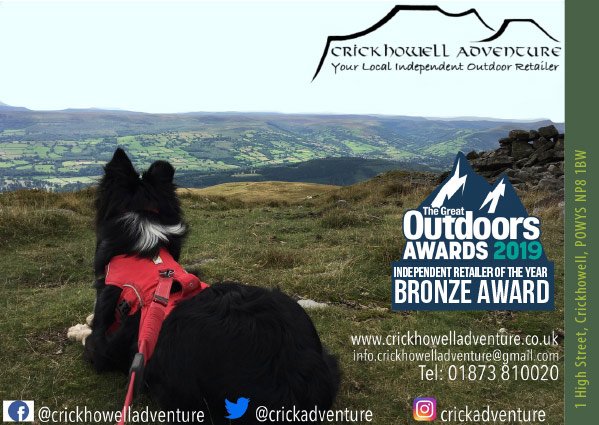A guide to keeping a pond and enjoying the charm and magic of wild, watery habitats.

Spring is the perfect time to get out into the garden and enjoy the weather. A pond makes a lovely addition to a garden and provides a haven for wildlife, being considered a really important freshwater habitat for numerous species. According to the Royal Horticultural Society, during the past century, nearly 70% of ponds have been lost from the UK countryside, meaning garden ponds represent an increased importance for wildlife.
Creating a simple wildlife pond in your own garden is easy. Before you begin, there are a number of things you should consider such as where to position your pond (too much sun can result in an infestation of algae, whereas too much shade is not good for wildlife) and the type of pond you wish to create – whether to use a liner or pre-formed pool. Additionally, think about its size and the type of plants you wish to grow, as some require different depths of water. Filters and pumps are not necessary for wildlife ponds, and are generally only required for those with ornamental fish ponds. However, do remember to seek professional advice regarding the use of electricity if you are intending to operate pond pumps. Research and pre-planning are key, and there is plenty of information available in books and online about creating your own wildlife pond in all shapes, sizes and designs.

Fish can quickly dominate the ecosystem
Once your pond is established, it is tempting to fill it with lots of things. Many people choose to add fish to their ponds, but if you are looking to encourage an abundance of wildlife, this may not be the best option as fish can quickly dominate the ecosystem, eating many other forms of wildlife and limiting its variety. Some types of newts, for example, will stay away from ponds containing fish, so if you are looking for a diverse mini ecosystem in your pond, keeping it fish-free may be the better choice.
Most amphibians and insects will naturally find their own way into a pond and the larvae of species such as water boatman and pond snails will colonise by hitching a ride on more mobile species. Natural colonisation happens surprisingly quickly, and before you know it you’ll have dragonflies, mayflies, pond skaters, water beetles, newts, frogs and toads thriving in your watery habitat. All you have to do is sit back, be patient and wait for them to arrive. After all, part of the excitement and charm of a wildlife pond is discovering the new arrivals that have taken up residence.
You can help things along by planting up your pond, which will also give you a bit more control over its appearance. Marginal plants, grown on the inside edge of the pond will provide areas of cover and breeding sites for wildlife, while dead branches placed into a pond will help to enrich the habitat. You can also introduce floating plants and submerged plants, which are easy to maintain. Do some research into choosing the right plant for the right location and how best to plant and anchor them in place. Remember to choose plants carefully as invasive species can be very difficult to control once they are established. Garden Centres with a good pond and aquatic section will be able to give you sound advice on planting and plant selection.
At this particular time of the year, plant shoots begin to emerge, so it is important to clean up any of last year’s left over vegetation in order to let in the light. Remember, though, a pond is haven for animals, so should not be kept squeaky clean and besides, most creatures prefer an underwater maze of plants in which to hunt, hide, feed and breed. You will need to keep algae and weeds under some control, however. A good rule of thumb is to maintain 25-30% of the water ‘open’ or free of weeds and algae. Remove vegetation in a wedge shape to avoid removing plants at only one depth. Barley straw is an excellent natural prevention against excessive algae.
Spring in the wildlife pond
Spring is a busy time of the year in a pond as it reawakens from the winter lull. At this time of year, look out for:
- Water boatman zipping across the pond’s surface from April through until Autumn.
- Newts making their return to the pond after over wintering in compost heaps and other dark places. During Spring, females will lay their eggs on the leaves of submerged plants.
- Frogs begin to spawn during Spring. Look out for tadpoles emerging about a month later.
A note on Pond Safety
According to the Royal Society for the Prevention of Accidents, children below the age of five years are most at risk of drowning in garden ponds. To significantly reduce the chance of accidents, position a rigid steel mesh over the pond. Mesh can be obtained from security grille suppliers. It should be heavy duty, able to support the weight of a young child, and be secured firmly in a position above the water level.





